How the DIRECTED and I-CISK projects bridge the gaps between People, Climate, and Disaster Risk
Please take a moment to picture these two scenarios.
Scenario 1
You are part of the civil protection authority and a pluvial flood (a flooding event independent of large water bodies, such as rivers or lakes) has just occurred in a major city under your jurisdiction. Where should you and your team focus your efforts? In what neighborhoods are people at the greatest risk? Who can your agency contact, in case you and your team cannot reach all communities? And where, in the aftermath of the flooding event, should infrastructure or warning systems be developed to mitigate impacts in the future?
Scenario 2
You are a farmer and each year for the past five years, rainfall and drought patterns have been highly unpredictable. You never know how much water to use for your crops anymore and, as a result, your crops are producing smaller yields. What do you do? How should you adapt your planting strategies, so that your crops do not suffer from drought? Where can you find reliable information to make informed decisions on this matter?
Now you might be wondering, how can these questions be answered?
Hi there! My name is Julia Kraatz, and I work on two EU-funded projects, part of the Horizon Europe H2020 initiative, that seek to address questions, and scenarios, such as the ones depicted above. I presented these projects from April 14-19, 2024, at the EGU Conference in Vienna, Austria.
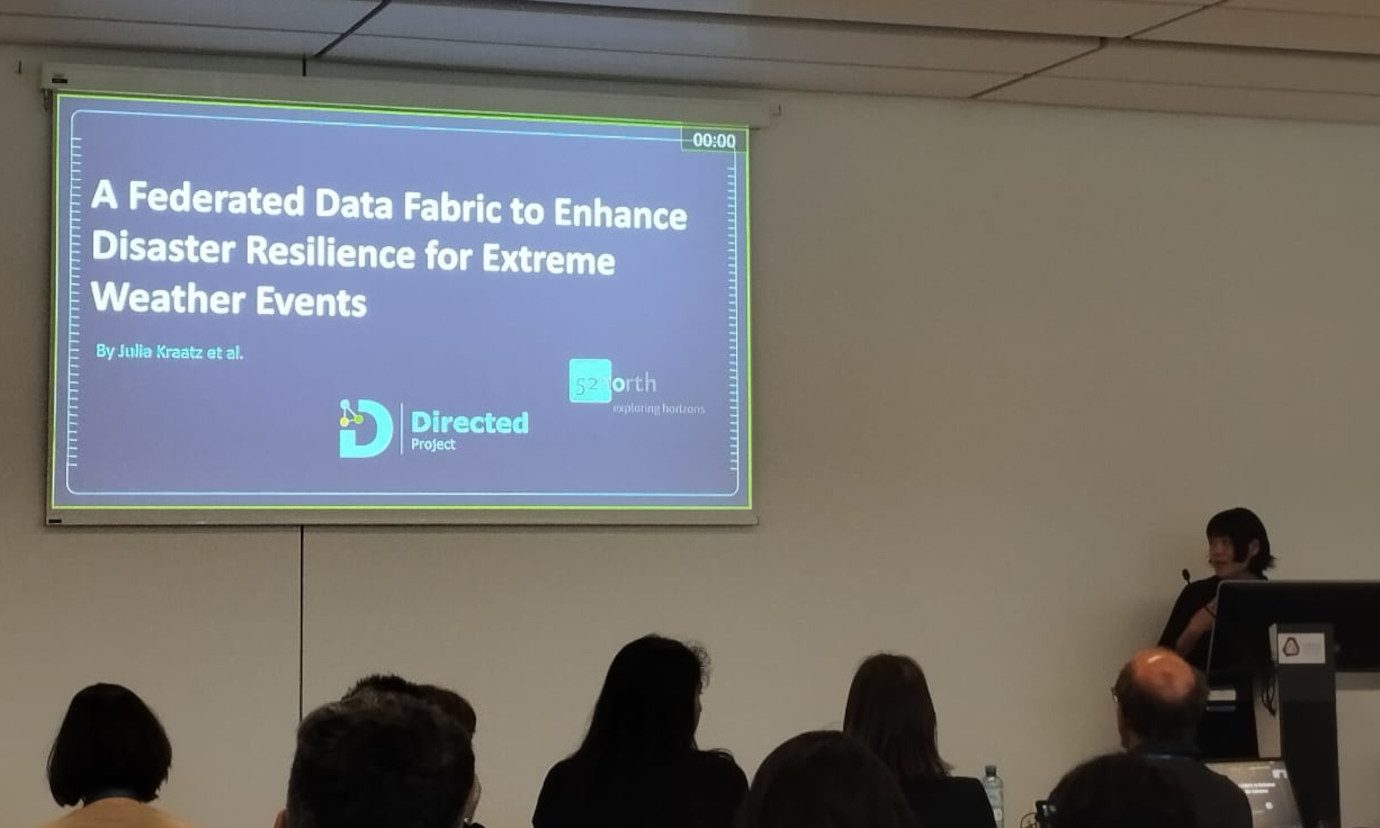
As can be inferred from both scenarios, each person is facing challenges due to the current climate crisis; as weather patterns and disaster events increase in occurrence and variability each year, there is also an increasing amount of people and communities that face unprecedented climate challenges. Thus, there is a need for centralized climate information, so that both citizens and authorities alike can make climate-informed decisions. This is why both the DIRECTED and I-CISK projects aim to create federated, open-source, scalable, user-friendly, and reproducible Climate Services (CS). In DIRECTED, the Data Fabric will be a Federated Spatial Data Information Platform pertaining to disaster events and resilience, while in I-CISK, the CS platform will serve to empower citizens to take climate decisions into their own hands.
DIRECTED current developments
In DIRECTED, this work is guided by four Real World Labs (RWL) and eight Work Packages (WP). The RWLs are located in Copenhagen Capital Region in Denmark; the Rhine-Erft Region in Germany; the Emilia-Romagna Region in Italy; and the Danube River Basin, with a focus on Vienna, Austria, and the Zala Region in Hungary.
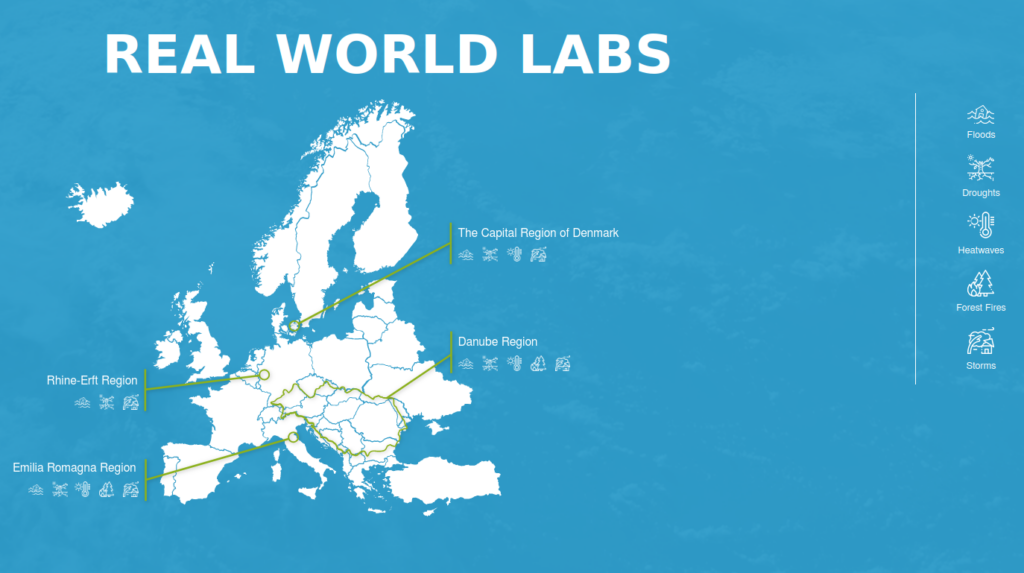
Within work package five, the team at 52N is the lead of the creation of the Data Fabric, alongside our partner and co-lead, Gecosistema. As every RWL in DIRECTED faces extreme flooding events, an example Water Discharge web application has been developed to display statistics on water discharge values spanning 20 years for each RWL. This application was developed using data from the European Flood Awareness System (EFAS) and the Global Flood Awareness System (GloFAS), gathered from the Copernicus Climate Service API.
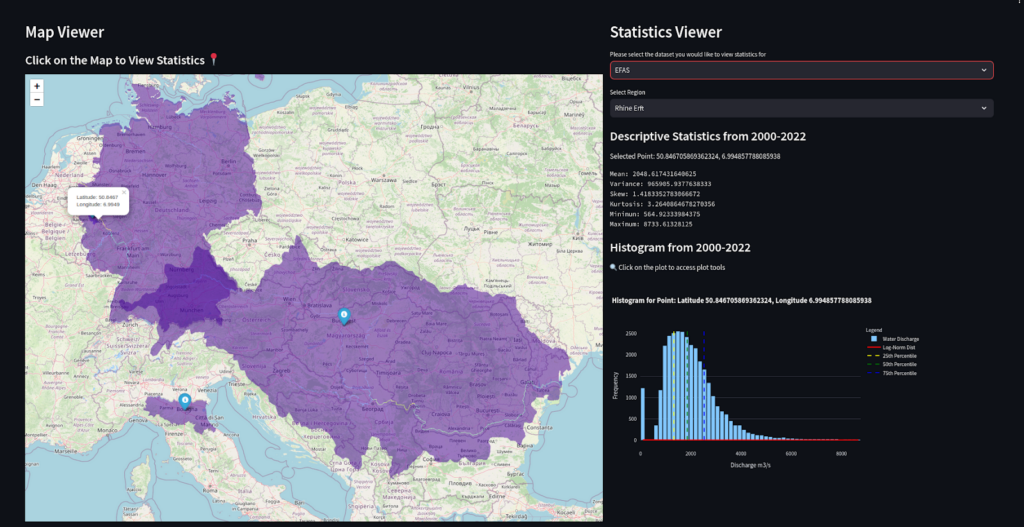
Models used within the consortium have also been discussed, to produce outputs that can quantify both risk and current climate data. These models include but are not limited to: CLIMADA, a multi-criteria decision making model, SaferPlaces, a pluvial, fluvial and coastal flood risk model, and RIM2D, a physically-based hydraulic inundation model designed for fluvial, pluvial and coastal flood simulation.
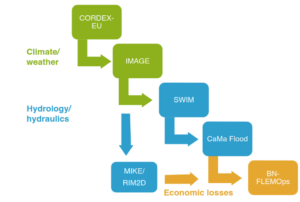
The project is currently undergoing the development of a prototype Data Fabric, as well as use-cases pertaining to each RWLs’ most pressing disaster event. The aim of the project is to create a flexible, open-source, and scalable CS platform, alongside a framework for governance and communication strategies, that may serve as an example for facing future disaster events. This framework will then have the potential to be expanded to other EU countries outside of the consortium and RWLs.
I-CISK current developments
Similar to DIRECTED, the I-CISK project is guided by seven Work Packages and seven Living Labs (LL).
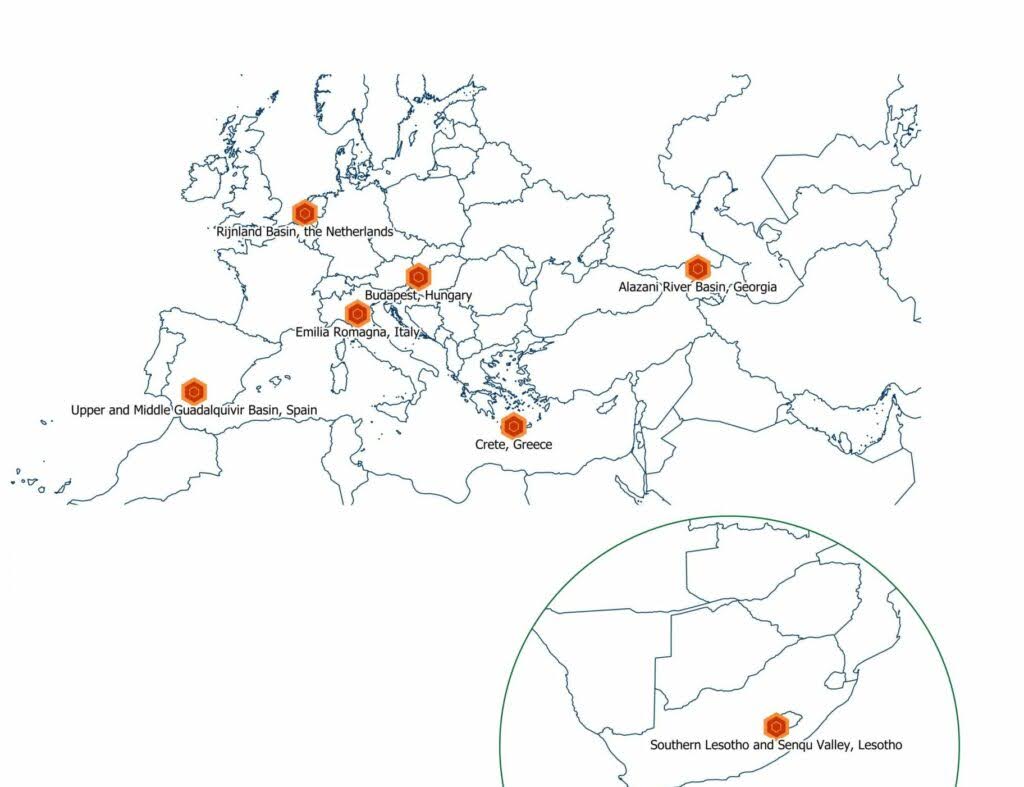
In the I-CISK project, preliminary climate services have been developed. For example, the LL located in Andalusia, Spain, works with Olive Farmers, Dairy Farmers, and Policy Makers in the water authority sector. These stakeholders required weekly and long-term forecasts related to drought, as well as temperature and precipitation data. These requirements were then developed to dynamically display these requirements, shown below.
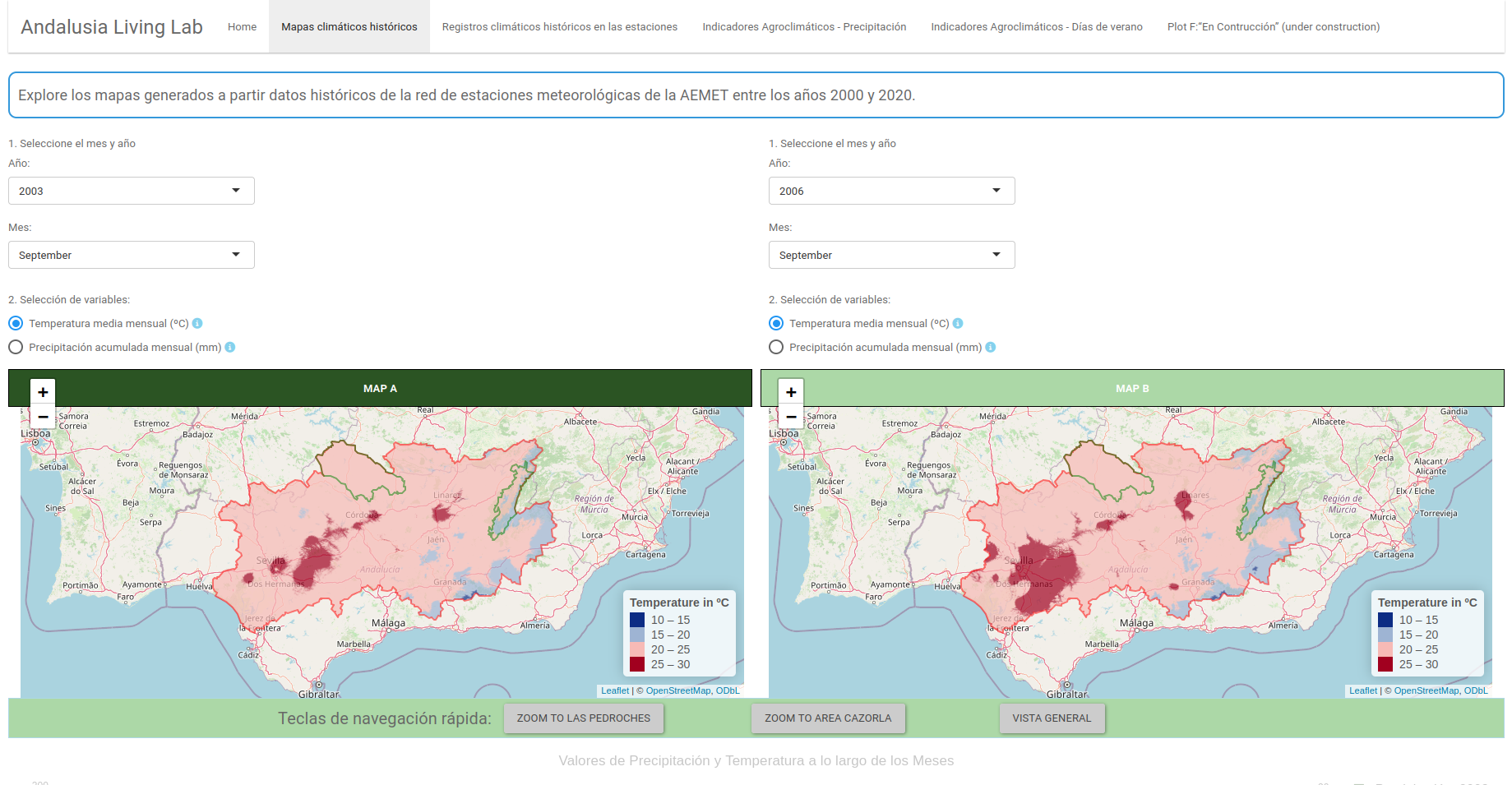
Thus, co-production between the LLs and the WPs contribute to tailoring the CSs, so that they can effectively display data pertaining to end-user needs. These requirements then in turn hope to aid the broader EU community, by providing an innovative framework for CSs and co-production.
Concluding Remarks
My experience at the EGU conference was inspiring, and thought provoking. I interacted and listened to a multitude of climate scientists, industry leaders, and students within the Geosciences field. The biggest takeaway, however, was how important both the frameworks and CS platforms being developed in both DIRECTED and I-CISK are.
Having user-input as the main guiding principle for development seemed to be a novel, and holistic, concept among the projects presented at the conference; from what I observed, and the questions I received, both the DIRECTED and I-CISK projects were innovative in how they address climate-services and disaster events. Thus, as I continue to contribute my efforts, I am even more excited for what is to come in this meaningful work. I hope that I was able to share about these projects adequately at the sessions I presented in, and that they can contribute to a more connected, informed, and resilient future.
Leave a Reply